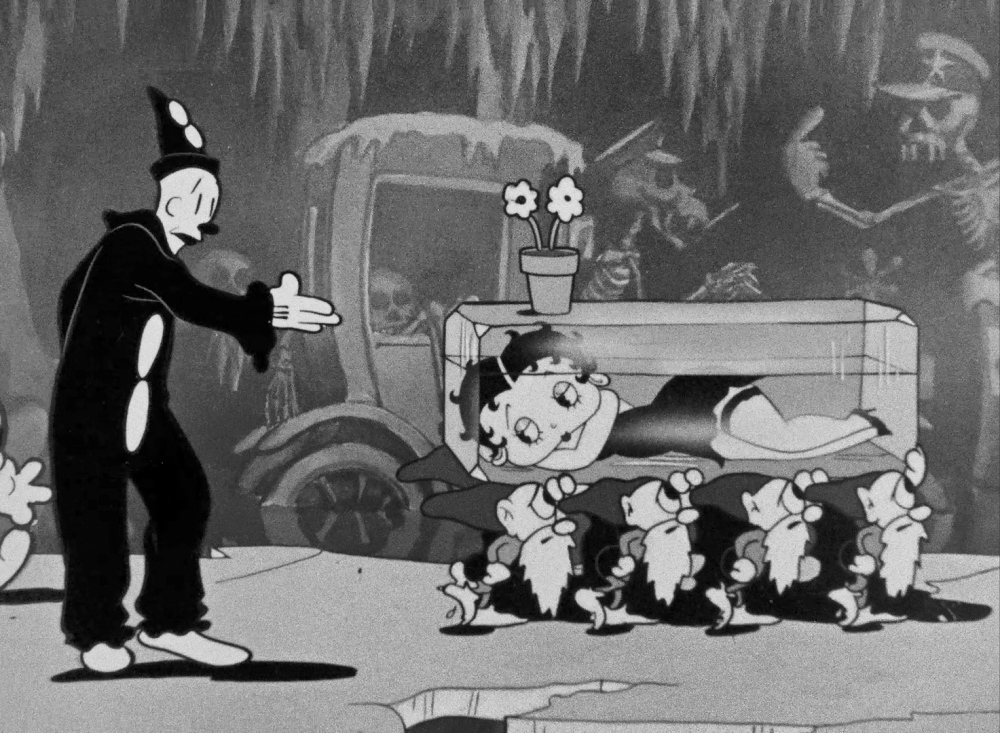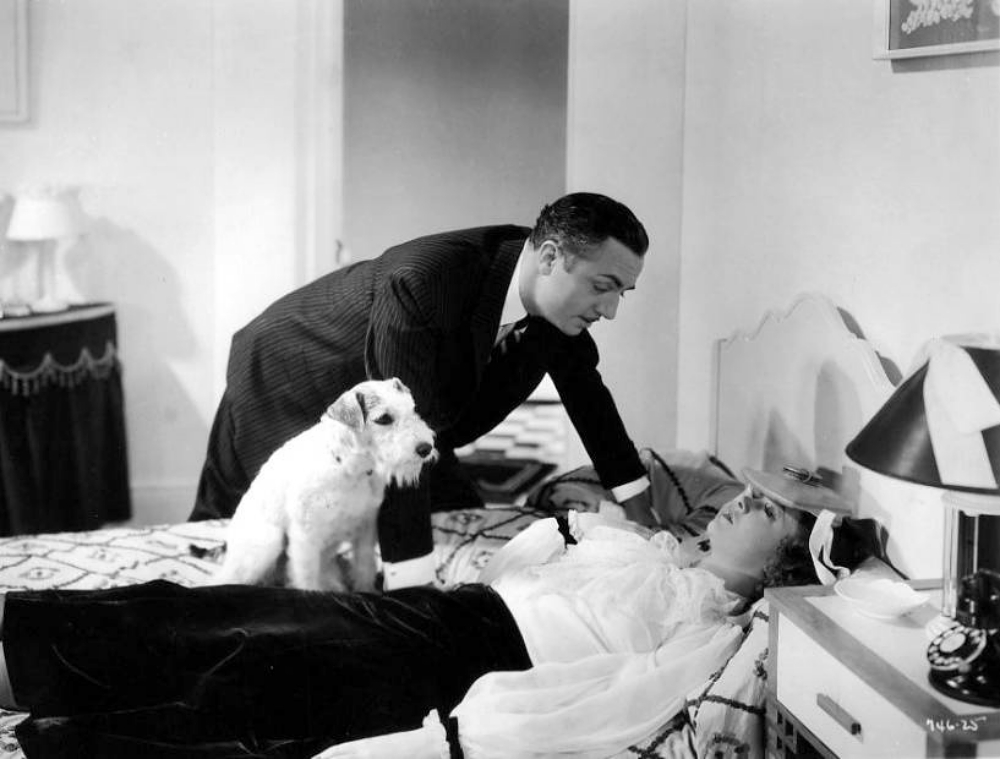5 Things That Old Movies Couldn’t Show Due to the Hays Code
Oh how times have changed.
Back in the days when the talkies had taken over movie theaters the boundaries of what made a good film were still being tested. Despite the fact that clothes were more formal and modest back then, there was a host of racier things depicted on screen since the filmmakers needed to sell tickets to the cinema. Starting in 1930 a new set of rules for what could and couldn’t be shown on screen was created and it would change movies forever.

The History of the Code
A 1915 Supreme Court ruling designated that films were not a form of free speech and filmmakers were faced with the eventuality that differing states could each enact their own codes of allowable content. This would have been costly for the studios as they would have either had to restrict which states their movies were shown in or else make multiple versions for different states- both of which would have been mighty expensive.
The solution was to come up with codes that all film studios could follow without making new laws about the suitability of certain topics for the big screen. The new guidelines were created with input from William Hays, who headed the Motion Picture Producers and Distributors of America, who in turn took advice from Catholic laymen and priests. In 1930 the new The Production Code of the Motion Picture Industry (commonly known as the Hays Code) was approved by the major studio heads. It prohibited filmmakers from explicitly showing certain activities. What’s more was that there were provisions on general morality as well and blacklisted actors were could be quietly removed from films and edged out of film work.

Some of the things that couldn’t be shown would be laughable today if someone tried to completely remove them from the movies. But, there were real consequences for some filmmakers of the day. The Outlaw (1943) was only given a limited theater run due to Jane Russell’s heaving bosoms and Betty Boop had to get a makeover (and a real dress) in order to comply with the new standards. Here are 5 things that were considered too risqué to show on the big screen under the Hays Code.
5) Women’s Lingerie Lace
While showing sex scenes was out of the question, the allusion of sex was also off limits. To that end the lace of women’s undergarments was taboo so that even hints at suggestive activities would be out of play. Betty Boop’s lace garter did not comply with this standard.

4) Drinking
Long before James Bond wanted his martini shaken not stirred, portraying drinking was off the table. It wasn’t until the 1960s that films were released that showed alcohol being served and drunk on a regular basis.

3) Homosexuality
While some films of the 1920s showed homosexuality, under the Hays Code it was out of the question to show gays in a positive light. This is why it was such a big deal when Some Like It Hot was released in 1959. This film pushed the boundaries in many ways, but specifically by showing cross-dressing men in relationships with other men. The film was released at first without the board’s stamp of approval, but went on to earn two Oscar nominations, signaling the end of an era.

2) No Sharing a Bed
This is one that many people remember from television as well. It was forbidden to show a male love interest and a female love interest in the same bed together in a film, and television codes followed suit. From 1952 until 1983 the Code of Practices for Television Broadcasters followed some (but not all) of the same rules that had been laid down by Hays for film. This is why some of your favorite couples of early TV, like Lucy and Ricky and the Petries, have matching twin beds instead of a normal big bed.

1) Interracial Couples
The term used for interracial couples at the time was miscegenation and it was against the rules. Couples of different races couldn’t be portrayed on the silver screen back then, unlike today. Segregation and anti-miscegenation laws prohibiting interracial marriage were common when the code was first enacted and wouldn’t be lifted until 1964 and 1967 respectively.

If you’re thinking that you’ve seen some of these activities in old movies you aren’t wrong. Despite being first drafted in the 1920s, the official code wasn’t agreed upon until 1930. Even then many studios didn’t take a hardline approach to enforcing the Hays Code until 1934 or 1935, meaning that many of the films from that period had “Pre-Code” scenes, like The Thin Man (1934) which showed drinking and couples in bed, and Rain (1932) in which Joan Crawford played a drinking prostitute who is the protagonist of the film.

There were scores of other things not allowed by the Hays code, many added as time went on, far too many to list here. But, studios had only tentatively agreed to abide by the code. They could choose to release a film anyways and see what happened, which was a tactic that became more common in the 1960s as society changed. In 1968 the creation of the Motion Picture Association of America rating system gave audiences the chance to choose what they saw and eliminated the need for the Hays code.
SKM: below-content placeholderWhizzco for DOT

